- How Much Weight Can You Realistically Lose in 3 Months? - January 14, 2024
- How To Lose 1kg a Week (Guaranteed) - August 20, 2023
- How To Count Calories (or Estimate) and Stay on Track When Eating Out at Restaurants - July 25, 2023
The million dollar question; how do you get hench?
The answer(s) is simple, but not easy to implement; there are a few different principles you need to adhere to consistently, and consistency is the the most important thing here; if you aren’t consistent with the principles, you won’t get results; at least they’ll be sub-par.
Principles are also key – principles can be achieved using a number of different methods; for example, it doesn;t really matter if you chose to do a body-part split (training chest one day, back the next, and legs the day after) or if you do full-body workouts, so long as you’re gradually increasing the weight, sets and/or reps you do over time.
Principles form the framework of what you do, rather than dictating your specific, acute actions.
So, here are the principles you need to stick to, with examples of methodologies you can use to acheive each one;
Principle 1: Train hard, consistently and with progressive overload
Training is the most important ingredient in the recipe for getting hench.
Diet and sleep are vital too, but you can’t get results if your training isn’t on point.
There are a few different aspects that make up a solid training program;
Exercise selection
Many people overegg the importance of exercise variety – while variety is important for keeping your workouts interesting, when it comes down to it there really are a few key exercises per body-part that you should perform over and over again.
For example, for chest, you’ll be able to lift the most weight with a barbell bench press, so make this the first exercise you perform for chest, and do it consistently (i.e. over the course of years, not weeks or months).
Training Frequency
Train each body part more than once a week. Studies show that frequency is a key factor in muscle growth, so training your chest three times a week is better than one.
Of course this approach doesn’t lend itself well to body-part split type training which is why full-body or push pull, legs splist are probably more optimal for muscle growth.
Intensity
Training intensity refers to how hard you’re pushing yourself when you train. You can measure this a few few different ways
RPE – This stands for Rate of Perceived Exertion on a scale of 1 to 10 (10 being highest), i.e. how hard you’re trying, the majority of your sets should be around the 7-9 range. Occasionally go for 10 on your final set if you have a spotter
RIR – Reps in Reserve, a similar concept, but gauging how many reps you have left – so if you finish a set and you could have done 1 more rep that 1 RIR. Using this scale. Most of your sets should be around 1-2 RIR
Progressive Overload
This is the most important principle to adhere to in your training; you should be putting more load on the muscles as time goes on.
This means adding reps, weight or sets, or at least attempting to them each time you train. You’re unlikely to be able to add each time you train, but you should at least be aiming to.
You can measure volume load by multiplying weight by reps for each set, then adding the sets together, for example, if you were to do three sets of bench press at 60kg it might look something like this
Set 1: 12 reps x 60kg – 720kg volume load
Set 2: 11 reps x 60kg – 660kg volume load
Set 3: 10 reps x 60kg – 600kg volume load
Total volume load: 1980kg
Next time you train bench press you’d aim to beat this, even if it’s just by doing one more rep on one of the sets.
You can track your workouts using the Rep Count mobile app, this will also calculate volume load for you which you can see on a graph over time (below)
If you want to learn more about progressive overload, read this post which goes into it in much more detail.

Principle 2: Eat enough overall Calories and Protein
You can get hench just through training alone – but your results will be much better if you make sure you’re eating enough calories and protein.
You should aim to be in a slight calorie surplus – enough to allow you to gain muscle, but without putting on fat. For most people, a decent amount to aim for would be around 4kg in a year (about 0.3kg per month). Unless you’re taking steroids, or you’re a complete beginner it’s unlikely you’ll be able to gain muscle at a much quicker rate than that.
If you want to learn more about how much muscle you can gain in a year. Read this post.
Building a Kg of muscle requires about 6000 calories above maintenance. This means that adding 4kg of muscle a year means eating about 70 calories over maintenance each day. That tiny amount is VERY hard to measure – especially if you’re new to tracking calories.
Instead aim for these things
- Calculate your maintenance calories, and aim to eat 100 calories above that. So if you maintain on 2000 calories, aim to eat 2100 per day
- Eat about 1.5g of protein per Kg of bodyweight. So if you weigh 70kg, eat 135g of protein minimum per day
- Ensure that protein comes from animal sources i.e. meat, fish, poultry,eggs or dairy
- Track your weight daily, if it’s going up to quickly you can reign things in a bit
That’s it.
Don’t make the mistake of force-feeding yourself to try and speed up muscle growth, it won’t work, you’ll just end up gaining fat and most likely end up looking worse than you did originally.
Principle 3: Sleep Enough
Again, if you’re not sleeping enough, your results won;t be optimal.
Aim for 7-9 hours of good quality sleep per night.
I’m not a sleep expert, so if you want to know more about optimising sleep then look elsewhere; but anecdotally, I can say that I feel much more ready and motivated to train after a good nights sleep.
One of the things I’ve felt as helped my sleep quality is pretty much eliminating caffeine (in teh form of coffee), since doing this, I rarely make up feeling tired.
You can track your sleep length and quality using Apple Watch or Fit Bit.
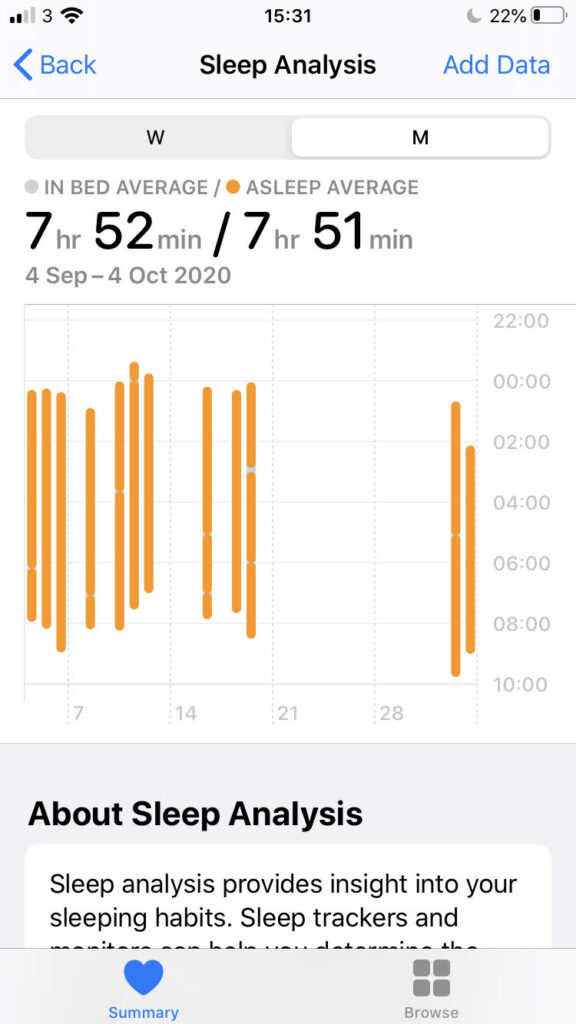
Principle 4: Supplements
This is so unimportant compared to everything else that I almost don’t want to mention it, but given that so many people think it is important, it’s worth covering.
Supplements might give you an extra 1% IF everything else is in place. They will not compensate for poor training, nutrition or sleep full stop.
If you really have to use supplements, these are the few I’d recommend;
- Whey Protein – This is the one that is definitely worth having. No, it’s not magic, it’s just protein. The beauty of it is that it’s cheaper, quicker to eat (drink) and more convenient than meat, dairy or eggs.
- Creatine – one of the most studied supplements – may allow you to squeeze out an extra rep (which could help you achieve progressive overload)
- Pre-workouts – these contain a lot of caffeine which could help pump you up for a workout, these could however impact sleep quality if you rely on them
- Multivitamin/vitamin D – these could make up for any deficiencies in your diet
That’s it. You don’t NEED any of them.
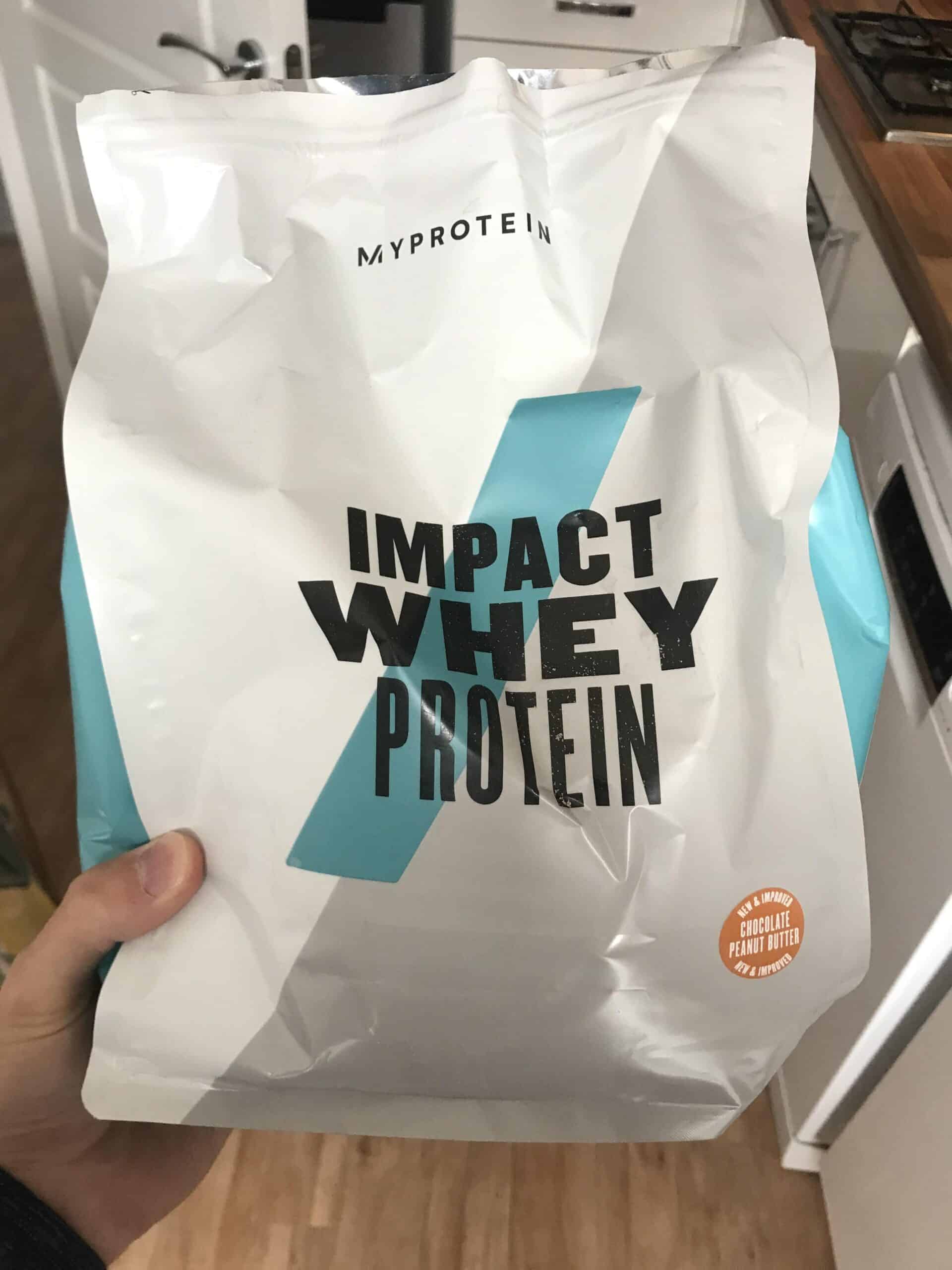
Principle 5: Adherence
Have a plan and stick to it.
Make it realistic, i.e. aiming to train 3 times per week and sticking to it long term is better than training 6 days a week and giving up after 2 weeks.
Food-wise, you don’t need to stick to chicken rice and broccoli. You can eat whatever you want, as long as you’re getting the calories and protein right.
Your training and diet plan should be something you can stick to indefinitely. If it’s not you won’t, which means you won’t get results.
Want help putting a plan together? Get in touch.

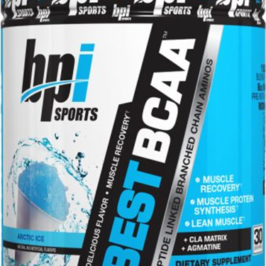
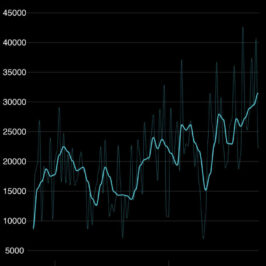
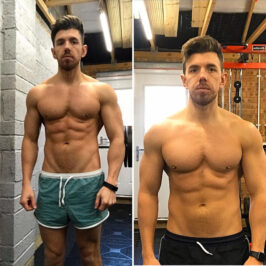
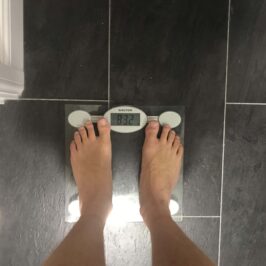
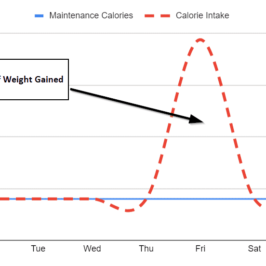
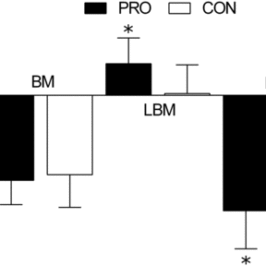
Leave a Reply